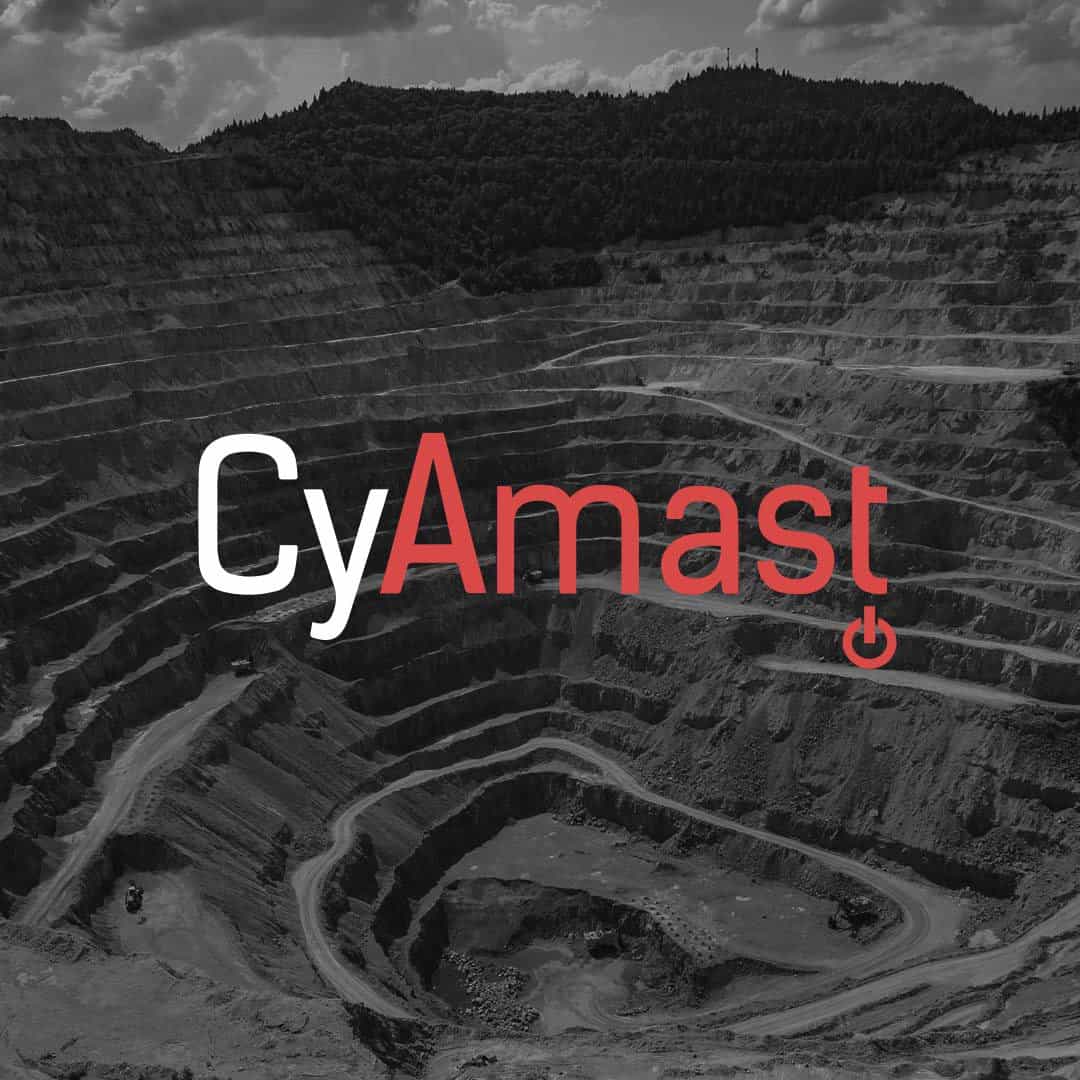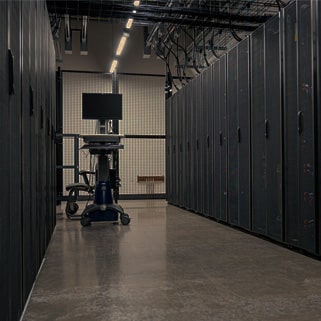As an industry, mining has always been slow to adopt new ideas due to the enormous upfront investment in capital. It is clear, however, that new approaches are required to transform operations because of the pressure on margins and the need to extract raw materials more efficiently and cheaper than competitors. The mining sector is experiencing a revolution across asset deployment, with the majority of organisations reporting significant increases in the adoption of connected technologies, especially Internet of Things (IoT) devices.
Both OT and IoT assets are being deployed in efforts to safeguard workers via GPS-enabled remote tracking, monitor equipment, improve efficiencies with autonomous vehicles, and in observing the environment for changes – flooding, contamination, etc. These have all seen countless positive case studies and outcomes. According to research, roughly two-thirds of organisations have fully deployed at least one Internet of Things project, while the remaining third are trialling, or have tried, a project, with only 2 per cent not having begun an IoT project. Despite this progress, a number of challenges are preventing the sector from fully reaping the rewards that IoT has to offer in terms of both the number of projects deployed, and the complexity and scale of those projects, towards the ubiquitous integration of IoT into workflows for the mining industry.
Benefits
The value of cyber assets to mining operations is overwhelmingly favourable, with companies seeing their IoT installations have already had a beneficial impact in terms of their overall revenue.
The main benefits that can be harvested from IoT within mining operations largely fall under three broad areas;
Worker Safety
There are still many dangers in the mining industry, despite the gains in safety from technology to date.
Adding sensors to mining equipment and vehicles to monitor and communicate in real time makes workers safer. The Internet of Things provides a new marriage of the physical and computational that can inherently prevent the physical implications of security risks. For instance, equipment and vehicles can detect workers that may have gone unnoticed, or the collapse of a mine may be predicted and remediated due to embedded sensors able to detect the most minor of indicative movement because sensors can pick up this data in real time. Cooperation sensors into workers’ clothing or badges can alert them of any incidents on site, as well as monitor their overall physical condition and ensure their safety in relation to ventilation and or exposure to potential contaminants. IoT can even offer more effective evacuations through the provisions of instruction using real time data that can change routing for workers.
Moreover, the prediction of potentially fatal equipment faults through predictive maintenance – like the insights garnered from CyAmast’s monitoring – allow for adjustments to be made before something goes awry, or a catastrophic incident occurs for the operations or even results in the death of people.
Operational Efficiencies
The use of sensors on mining equipment and systems that monitor the equipment’s functioning has already resulted in cost savings and increased productivity for countless operations. Mining companies are analysing vast amounts of data – ‘big data’ – to find more cost-effective ways to manage operations and reduce total operational downtime. AI boosts the power of IoT solutions in the mining industry, from exploration to processing and transportation, to streamline operations, reduce costs, and improve safety. The advantage of the Internet of Things in the mining industry is its position as the facilitating interface that allows Artificial Intelligence (AI) to be leveraged in the first place.
IoT aids in balancing conditions and improved decision-making and speed in scenarios where multiple factors are active at the same time. IoT coupled with AI can make predictions and provide recommendations based on these enormous volumes of data inputs such as vehicle & equipment pathing, drilling reports, and geological surveys, resulting in more efficient procedures, with higher-yield outcomes. For instance, processing equipment might be idle while it waits for ore, but there’s an issue with subsidence stopping the delivery. IoT could provide alternative routing for autonomous vehicles to detour without creating knock-on effects that may be potentially more inefficient, or even dangerous.
More data is obtained when standalone products, such as vehicles and equipment, work together, which can enhance accuracy rates. To stay on top of the industry, mining businesses can use IoT to find the latest breakthroughs, technology, and development trends. When these elements are combined, they provide a seamless experience that makes the task easier overall.
Monitoring every part of a business becomes significantly easier with a fully integrated network, which only leads to increased productivity and safety. This includes recognising wear & tear on critical parts of equipment and forecasting when repairs or maintenance are needed, preventing downtime, and risks to worker safety.
Environmental Impacts
While for many within the mining sector, revenue optimisation might be the driving force behind IoT adoption, environmental aspects and a clear PR or triple bottom line opportunity are becoming increasingly sought after.
Investment into unmanned vehicles and equipment powered by IoT not only increases worker safety, it also reduces energy expenditure and, of course, the OPEX costs to mining companies. The optimised pathing of electric autonomous vehicles means improvements in the overall volume of emissions.
Mining businesses can use IoT-powered to power their predictive AI models to improve their metals processing operations by using more precise and ecologically friendly equipment tuning options.
Furthermore, if we look at the ability for IoT to provide transparent and robust reporting for environmental monitoring too, there are huge positive socio-ecological wins made possible by IoT. Tailings dams, for instance, may be monitored for contamination levels, and possible subsequent changes in the rainfall may lead to the automatic firing of a pump to move waste water to alternative installations to prevent overflow.
Risks & Deterrence to IoT Adoption
The mining industry confronts enormous obstacles in terms of skills, security, connection, investment, and data management, all of which must be solved in order for the industry to develop beyond a simple, compartmentalised use of IoT. Despite the hurdles, mining companies are eager to increase their investment in IoT, and they are overwhelmingly enthusiastic about the value that IoT can bring to their operations, as well as the benefits that it is already providing, or will provide in the future.
However, there are significant challenges to overcome if the sector is to continue the path towards wide-adoption of IoT. The largest roadblock at the moment is connectivity being unreliable, that cybersecurity is severely lacking, and data is not being collected and managed in a way that best empowers organisations. This latter point we’ve already addressed, as we see the rollout of ‘big data’ practices by organisations. The connectivity and security challenges, however, are proving more stubborn challenges, as they present in unique ways for the mining industry.
Solutions
While the launch of 5G has resulted in significant increases in coverage and reliability of connectivity, particularly with the introduction of remote pico-style towers and other smart mining technologies, connectivity is an issue that’s in clear focus for the IoT industry as a whole. But as that issue diminishes and new connectivity options like low-latency satellite communications open up, poor cybersecurity is likely to be the key issue delaying IoT adoption.
It will take a long time to ensure that mining operations are secure and well-protected. Patching and updating their networks – arguably the fundamental security practice – is something that only a third of the industry are confident that they’re currently doing. Mining operations will need to invest more in their security policies as more of their infrastructure is IoT enabled.
The good news is that solutions like CyAmast are able to help lift the security of existing IoT enabled (or planning to be) mining sites without impacting operations. Through our patented IoT technology, your organisation can safeguard against threat actors looking to target your IoT enabled equipment, and maintain, and even improve, overall cybersecurity posture while deploying new projects.
In conjunction with this, worker safety and up-time are also uplifted through our monitoring of devices to provide predictive maintenance. As we’re looking for any deviation to allowed operational parameters, even non-security related issues can be identified earlier than any current safety monitoring processes.
In Summary
Smart mines are paving the way of the future, and they provide numerous advantages. They are already transforming mining operations for organisations around the globe right now, from boosting workforce safety to preserving data to enhancing productivity and efficiency across the value chain to lowering monitoring and installation costs. Failure to innovate by keeping your mining ‘analogue’ and continuing to employ expensive, manual processes, such as manual readings of important assets, puts your company at a disadvantage in terms of production and, as a result, competitive advantage. New technologies such as OI solutions and wireless networks may appear to be a risky investment, but they are critical for any mine that wants to survive in the future. Now is the moment to invest: you will undoubtedly see results in the short and long term.
AI and machine learning can make predictions and provide exploratory recommendations based on enormous volumes of data inputs such as drilling reports and geological surveys, resulting in a more efficient procedure with higher-yield outcomes.
Mining businesses can also use AI-powered predictive models to improve their metals processing operations by using more precise and ecologically friendly ways. AI may be used to automate trucks and drills, resulting in significant cost and safety savings.





